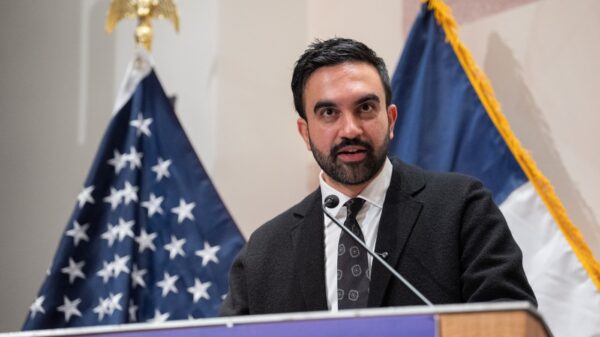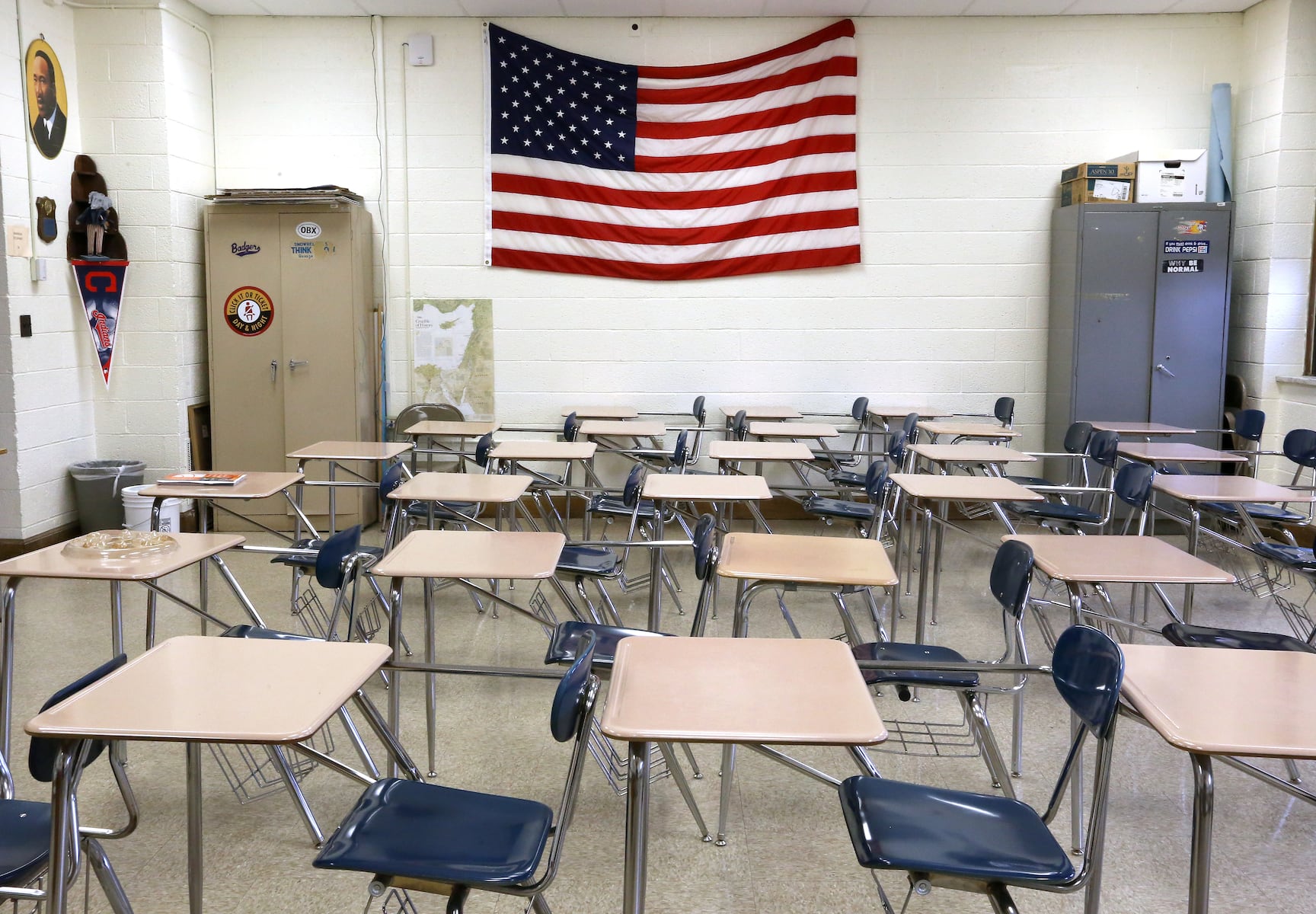A recent report highlights a significant absenteeism crisis within Ohio’s charter schools, where the chronic absenteeism rate reached an alarming 34.6% last year. This figure starkly contrasts with the statewide average of 25.1%, revealing that one in three students at charter institutions are missing substantial class time. Chronic absenteeism is defined as missing at least 10% of classroom instruction, roughly two days of school each month.
The implications of these absences extend beyond mere attendance. Students who are chronically absent are considerably less likely to achieve proficiency in essential subjects such as reading and math. This concerning trend poses challenges not only for students but also for the educational landscape in Ohio, especially as the state considers funding allocations between charter and public schools.
According to Laura Hancock, who reported on the issue, Ohio charter schools, which are funded by both state and federal sources yet operate independently from public school districts, have shown a significantly worse track record in maintaining attendance compared to their public counterparts. The data indicates that chronic absenteeism is nearly 10 percentage points higher in charter schools.
The troubling statistics come in a state that has been scrutinizing funding for public education, raising questions about the effectiveness and accountability of charter schools. Advocates for public education argue that the higher absenteeism rates in charter schools underscore the need for more robust oversight and support systems to ensure that all students have access to quality education.
As Ohio approaches crucial discussions on educational funding and policy reform, this absenteeism crisis may serve as a pivotal point in the ongoing debate about the future of education in the state. The findings call for immediate attention from policymakers, educators, and communities dedicated to improving student outcomes and ensuring consistent attendance in schools.
The situation highlights a broader national issue regarding absenteeism in schools, where many students are facing barriers that impact their ability to attend class regularly. Addressing these challenges will require collaboration between educators, families, and community organizations to create supportive environments that encourage consistent attendance and academic success.
As the educational landscape continues to evolve, the focus on absenteeism in charter schools serves as a reminder of the importance of attendance in shaping a child’s educational journey. With a significant portion of Ohio’s youth facing obstacles that hinder their learning, stakeholders must work towards effective solutions that prioritize student engagement and success.



































































